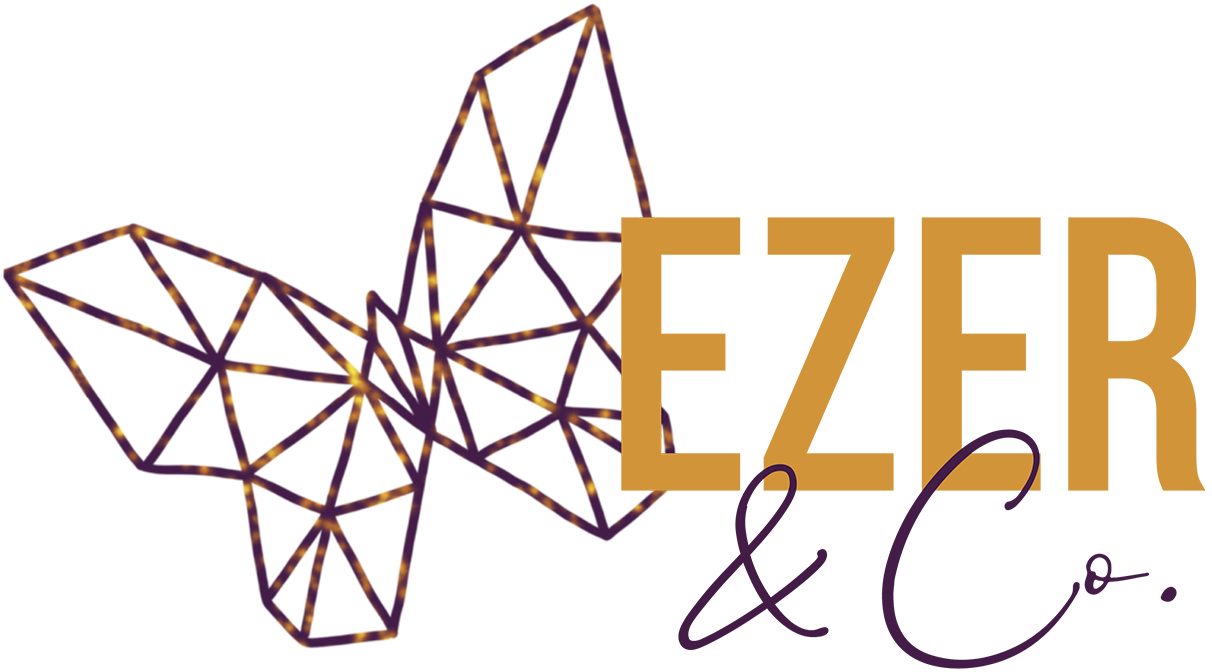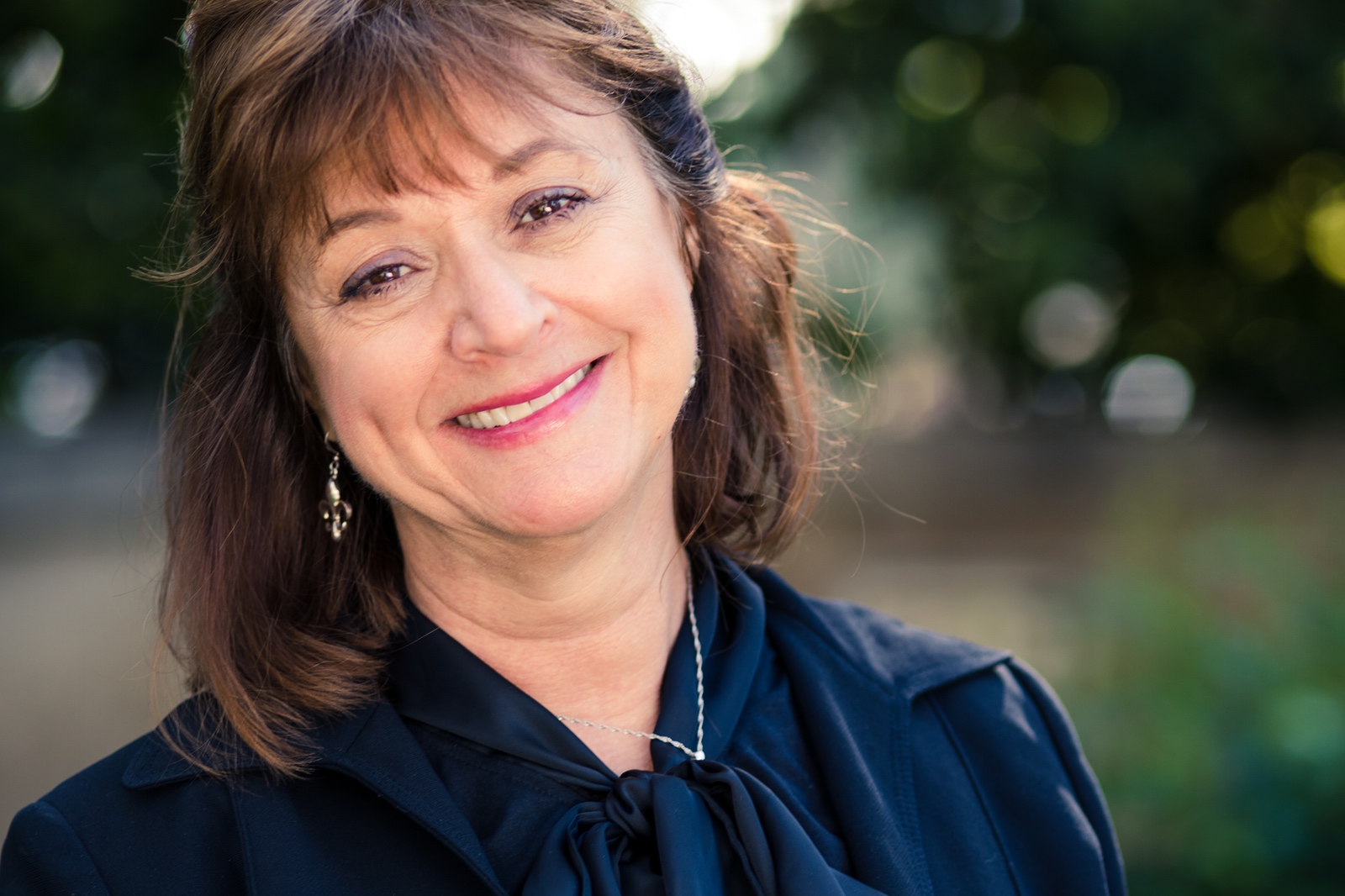Dr. Mimi Haddad
Guest Post Series
First, a word from April.
This is the first of three articles in the series by Christians for Biblical Equality President, Dr. Mimi Haddad, about who women have been created to be as ezers (originally posted HERE, reposted with Mimi’s permission). May these words bring freedom to women’s identity and purpose.
If you want to understand gender and identity from a biblical perspective, the early chapters of Genesis are an excellent place to begin. Here, we observe that a perfect world must include male and female; both are needed to serve and lead as God’s representatives. That is why Adam’s aloneness is the only “not good” in a perfect world. It is God who views Adam without Eve as the first and only deficiency of Eden—a world without sin. Addressing this problem, God creates a partner for Adam, a woman whom God introduces as a “strong helper,” or ezer (in Hebrew), a term that means, “to rescue” and “to be strong.” Used 21 times in the Old Testament, ezer is most often used for “God’s rescue of Israel.” The most familiar passage where ezer is used for God’s rescue is Psalm 121:1–2, “I lift up my eyes to the mountains—where does my help come from? My help (my ezer) comes from the Lord, the Maker of heaven and earth.” What stronger help is there apart from God’s rescue?
Yet, woman’s ezer-rescue is often viewed as subordinate, inferior, ancillary. This is not the teaching of Scripture! Remember, Eve is taken from Adam’s side. And, when he awakes, Adam immediately recognizes her, exclaiming: “At last!” he says, “This is now bone of my bones and flesh of my flesh” (Gen 2:23). Adam celebrates their shared origins with these words, “I will call you woman because you come from my body.” We are of the same stuff! Scripture does not emphasize the differences between Adam and Eve, as many do today. Rather, Scripture points to the unity and oneness of Adam and Eve. They share a physical body, because Eve comes from Adam’s body. And, most significantly, they also share the same spiritual or metaphysical substance because they are both created in God’s image. For this reason they “represent God” on earth. Thus, God gives both Adam and Eve dominion and authority to care for the earth, to rule over it together, and to be fruitful in it (Gen 1:27–31). The only authority Adam and Eve exercise is over the animals and the earth, not each other!
Rank, rule, and hierarchy within the human family is seen only after Adam and Eve break their covenant with God. Male domination, the “he will rule over you” of Genesis 3:16, is a tragic consequence of turning our backs on God. Yet despite human disobedience, in Genesis 3:13–15 we learn that a redeemer will come through the woman’s offspring. Created in God’s image, women’s creational identity is inseparable from her destiny asezer, a strong helper, that continues even after the fall. Genesis foreshadows the birth of Christ from whom we receive redemption and reconciliation with God and one another. In Christ, we also gain power to resist and oppose prejudice and the domination of person over person, of male over female. Genesis 3 tells us the bad news of sin’s consequences, to be opposed by all. But, Genesis 3 also foreshadows the goodness of our recreation in Christ’s image, where sin is ultimately overcome.
Next week we will consider some examples of women who were ezers in the Old Testament.

